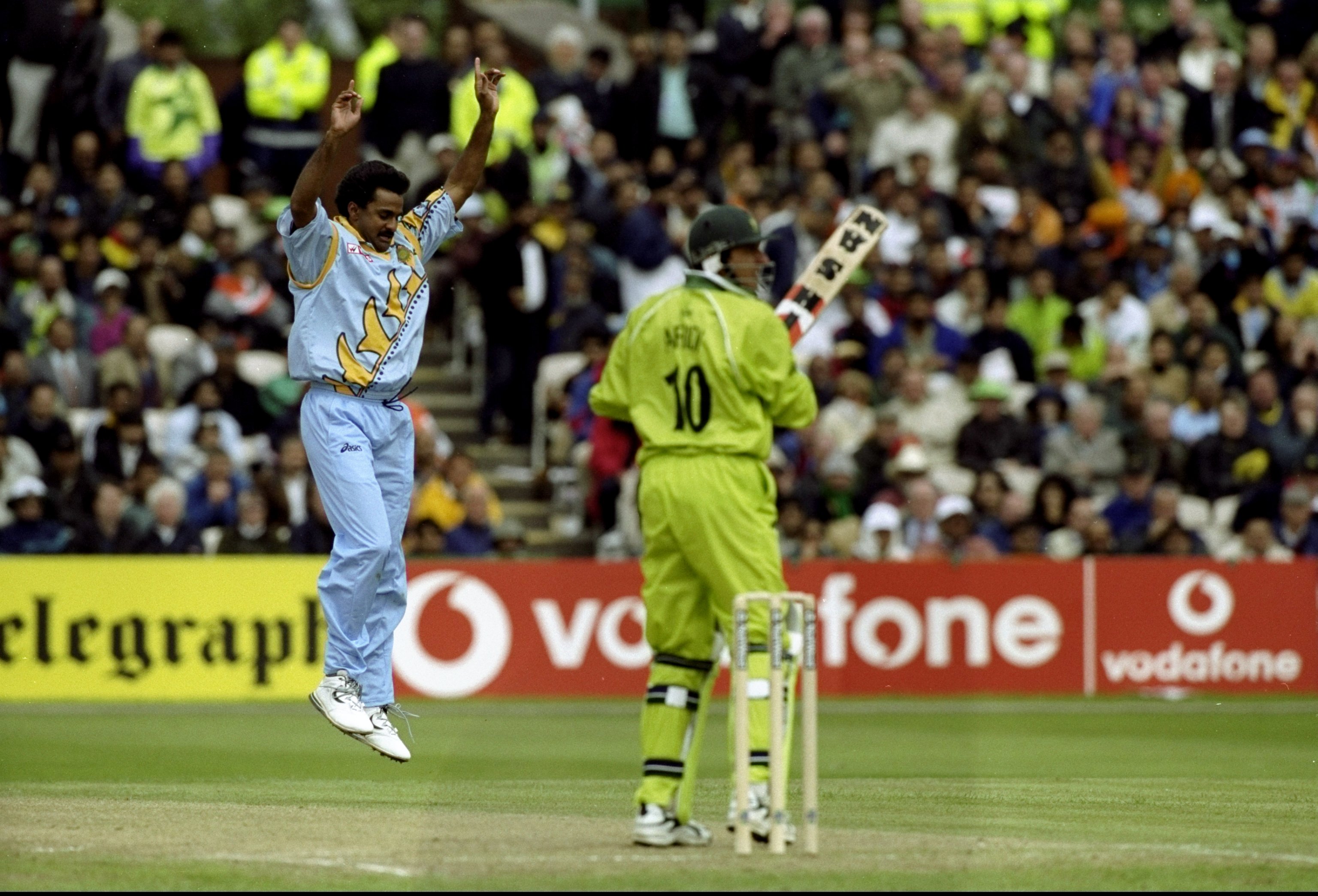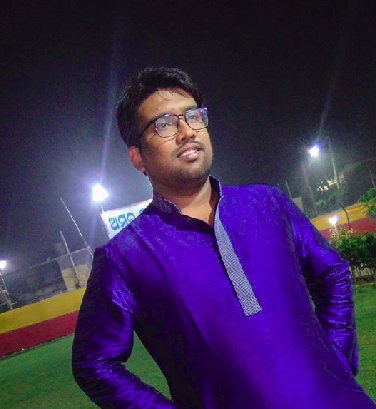India and Pakistan are back in the Emirates - a venue full with tales of grit and glory

For me, it was a childhood memory. A memory strong enough to evoke emotions of tears each time the once historical stadium was being introduced almost after every Sachin Tendulkar classic.
“Papa, Is it better than Sachin’s Sharjah Desert Storm,?” I asked, unable to keep my inquisitiveness in check.
“No, It can’t be that special Beta. It can never be,” Papa nodded and certainly got nostalgic. “It was a time when Sachin was the one and only. Azhar was brilliant, Dravid came along, but no one could beat the aura of Sachin. He was the lone saviour,” he added almost in one breathe.
And then he took a deep breath. Sitting in our small Two BHK house in Cuttack, me and Papa were discussing cricket. It was a Summer holiday and electricity suddenly went off. Radio came to the rescue and as Sachin punched one to cover, or was it a cut shot to point, to bring his 100, Papa started clapping in joy. And so were 4-5 uncles who came to our house to listen to the commentary. Sachin meant a lot to them.
The match was somewhere in India, as far as I could remember, and Pakistan fell prey to a newly-energised Indian bowling line-up, spearheaded by Irfan Pathan. I hardly remember any details of the match, but all I did remember was that the next day’s newspaper carrying a report and the journalist compared that with the Desert Storm innings in Sharjah which was sufficient for me to salute the man and the purpose called Sachin Tendulkar. Desert Storm was the parameter at which every international century, even those of other Sachin classics, was going to be measured.
As much as Tendulkar is remembered for that innings in the 1997 Coca-Cola Cup, the impact was visible in the world. Coca-Cola cold-drinks became a top-seller in the market and Sharjah became a household stadium in India - much like an Eden or a Wankhede or a Chepauk. Despite the heatwave in the middle of the desert draining players mentally and physically, it became the epicentre of world cricket in the 90s and one that stood tall to witness many an epic. In the course of this riveting journey, the venue has seen many a high and some staggering lows, but each keeps on adding to its legacy.
Such was the regularity of cricket in Sharjah was that it went on to find a place in the Guinness Book of World Records in 2011 for hosting the maximum number of One-Day Internationals in the world and went on to host a total of 236 matches so far - still the highest in the world.
When the UAE was created back in 1971, Sharjah was one of the founding members. It was a city of opportunities and the sudden influx of expats and overseas companies on the back of the oil industry meant the game got a huge momentum in the middle-east. Weekend matches under floodlights gave the people a chance to break the monotony of work-life and after finishing their work they used to come over to watch some cricket.
As the political tension over the disputed province of Kashmir rose in every match, India stopped playing Pakistan at home due to security reasons and taking the benefit of the same, Abdul Rahman Bukhatir invited four international teams to play a mini-tournament, called the Cricketers’ Benefit Fund Series and it was the time, Sharjah entered the history books with some iconic moments in the game and 18 April 1986 was one such day.
So far, Pakistan had not won any tournament of significance and the AustralAsia Cup gave them a chance at correcting the history books. Javed Miandad hit a fine century, but India were in full command of the game, leaving Pakistan to score a boundary off the last ball in the innings. Chetan Sharma knew he had to bowl a simple yorker to deceive Miandad, but history was not going to be cruel for the Pakistani. Sharma ended up bowling a low full-toss. Miandad propelled it over mid-wicket and what happened after that remained as one of the most iconic images of all-time. Even before it cleared the boundary, Javed had raised his arms, sprinting off the pitch in celebration. Cash awards were bestowed on him and Pakistan, too as a team, went on to achieve bigger and grander things in world cricket.
Despite the venue filled with so many iconic moments like that and the Wasim Akram hat-trick, there were no international matches from April 2003 to February 2010 due to the match-fixing allegations at the venue, and which resulted in Indian government banning the team from at the venue and other small centres like Toronto, Singapore and Morocco in the early 2000s. And during the time, Abu Dhabi’s rise as a venue par excellence was the last thing that the Emirates' original cricket stadium Sharjah wanted. India’s support to the new state-of-the-art venue in Abu Dhabi was another reason behind Sharjah’s demise as BCCI wanted a convenient neutral venue to stage its matches apart from Sharjah and even travelled the city to play a couple of matches against Pakistan in 2006.
India haven’t played in UAE since then. It’s already been more than 12 years and the team is back to the Emirates to play Asia Cup. Dubai will host them this time. There have been vast sums of money was pumped into the system to establish Dubai Sports City, a sprawling complex that will be home to artificial ski slopes, a number of indoor and outdoor stadia, golf courses to go with a 25,000-seater cricket stadium.
Pakistan have been acquainted with the sapping humidity of the Emirates whereas India will have to endure a couple of energy-draining weeks. It will not be easy for them, but the level of cricket, hopefully, will soar over every odds and during the course of the tournament, we may well get to see another chapter being added to the glorious rivalry.
Come 19th September, Everyone will be eyeing for another moment of history.

Comments
Sign up or log in to your account to leave comments and reactions
0 Comments